For most people, Artificial intelligence is still something out of a science fiction movie. But the facts and experts suggest otherwise. IDC forecasts AI to grow 17.4% year over year in 2021. Google CEO Sundar Pichai states AI is going to have a bigger impact on the world than fire or electricity. AI has progressed from fantasy to reality across a variety of industries.
What is AI?
The core concept of artificial intelligence is building machines with human intelligence. It is a technology that enables machines and computers to behave intelligently, perceive, learn, reason, and make decisions.
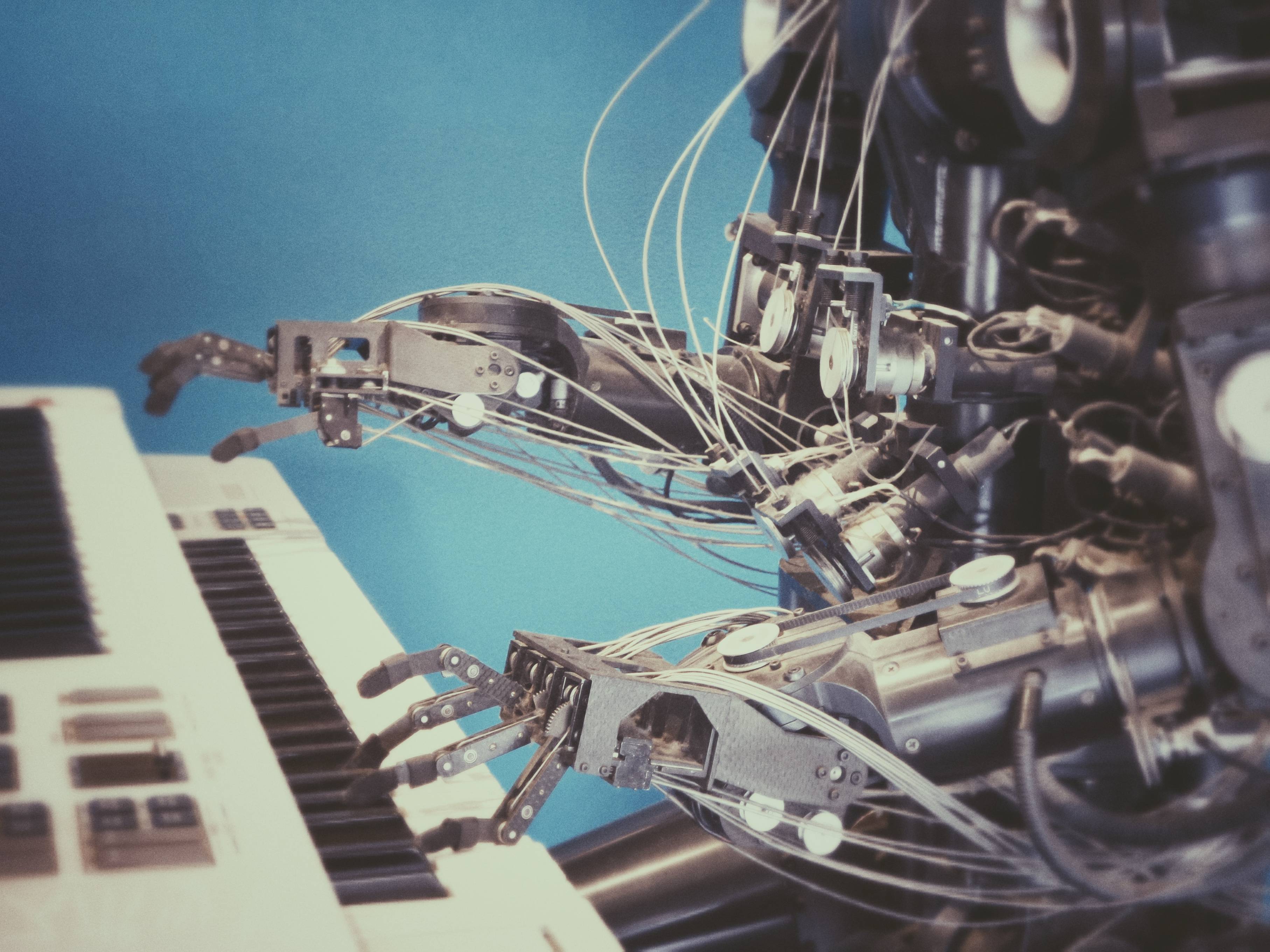
Based on the capability to replicate human characteristics and the techniques it uses to achieve them, AI can be categorized into 3 types:
Narrow AI (ANI), mostly referred to as weak AI, is programmed to perform a single task such as facial recognition, speech recognition/voice assistants, and search engine page results. Some examples of ANI are Siri by Apple, Alexa by Amazon, and Rankbrain by Google.
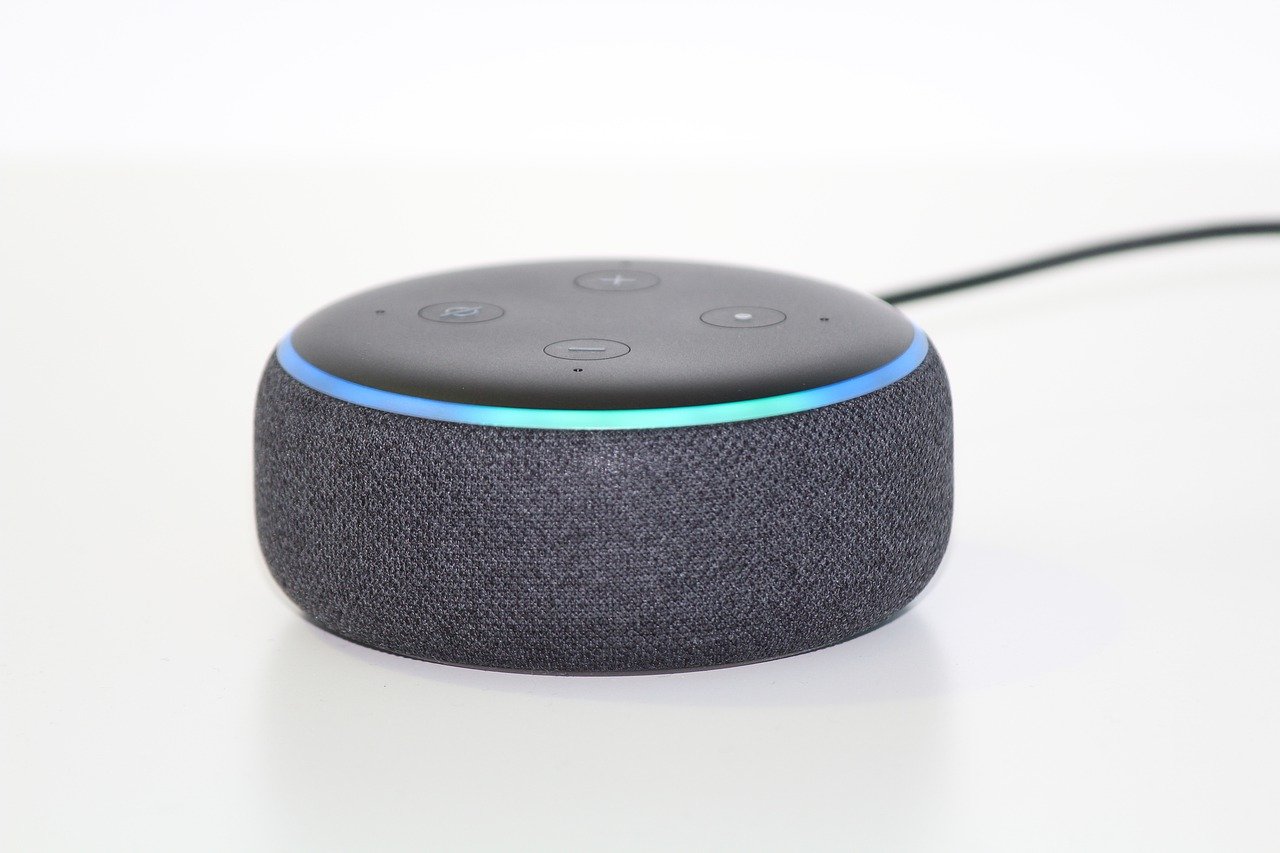
Strong AI/Artificial General Intelligence or deep AI, refers to the ability of a machine to imitate human behaviors, learn, and apply intelligence to solve problems that require human intelligence. Strong AI is demonstrated by Fujitsu’s K supercomputer but due to several inefficiencies, we can’t conclude strong AI can be achieved in the near future.
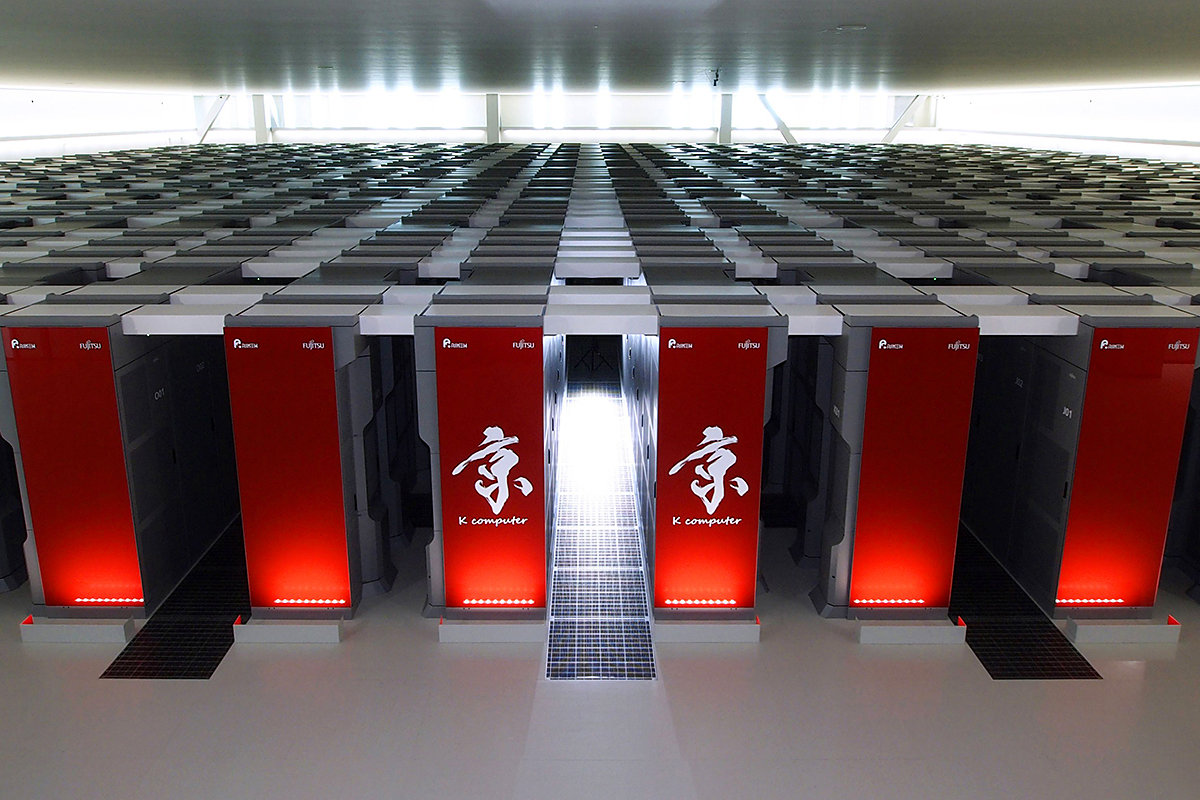
Artificial Superintelligence (ASI) is a step further from AGI, where artificial intelligence exceeds human capabilities and operates at a genius level. While ASI is still hypothetical, there are no limits on what it could accomplish.
Subsets of AI
Most of the recent development in AI has been driven by machine learning and deep learning. AI is often referred to as ML or DL but the four common subsets/types of AI are machine learning, deep learning, computer vision and natural language processing.
Machine learning (ML) involves the use of statistical algorithms to enable machines to learn patterns from data. Its can be further categorized into supervised and unsupervised learning.
Deep learning (DL) is a subfield of machine learning that uses neural networks to find patterns from data. Neural networks are the interconnected structures of nodes aimed to simulate the operations of a human brain.
Computer vision (CV) involves creating a digital system that processes, analyzes, and understands based on visual data (images or videos).
Natural language processing (NLP) is the process of converting text to speech and vice versa, enabling computers to understand, interpret and manipulate human language.
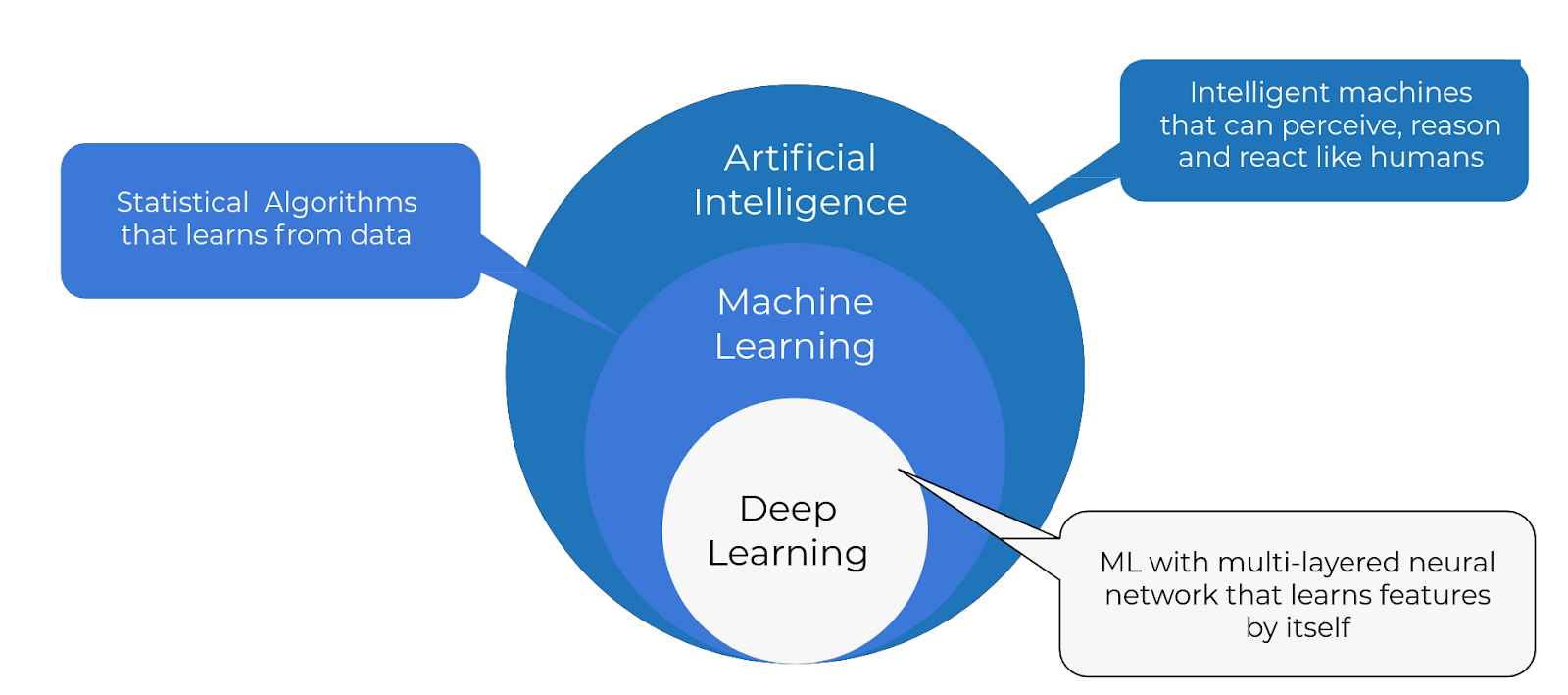
How AI works?
Machines (computers) learn from training data with the help of mathematical algorithms to make predictions. It ingests massive volumes of data to create a model. This model then identifies the patterns, analyzes data to reach a possible logical conclusion without human intervention. This automation of machine learning helps save time, reduces human error, and makes decisions.
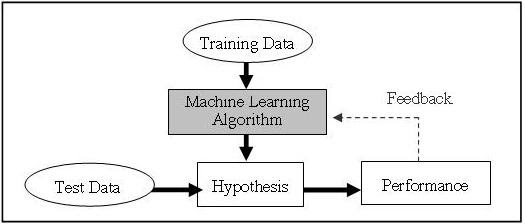
Computer vision algorithms break single images into multiple pixels to understand the detailed features, process, label and build a pattern to decode individual objects. NLP works by helping machines process and understands language so they can automatically perform repetitive tasks such as machine translation, summarization, and more.
Applications of AI
The use of AI is soaring every day as businesses across the globe are leveraging it to optimize operations, products, and services.
Chatbots have dramatically reduced data collection time for all businesses, accelerating data processing and providing data-driven insights to increase ROI. Chatbots use NLP to mimic human conversations and identify the logic/reason behind these conversations, directing it towards the possible solution by learning from the past real conversations.
AI tools are being used in agriculture to help farmers control weeds and harvest faster whereas AI in e-commerce is gaining traction with such companies leveraging ML and NLP for product recommendations, customer information and feedback inventories, chatbots and personalized shopping experiences.
AI in Healthcare
Sophisticated machines or surgical robots can efficiently diagnose and reduce errors in medical labs. AI models using algorithms and deep learning are able to detect early symptoms of cancer. Radiologists at Zebra Medical Vision use AI-enabled assistants to analyze scanned images to make diagnoses. AI uses historical data and medical intelligence in the research and discovery of new drugs as well.
AI in Education
AI is enhancing educational tools and digitizing institutions. Schools are using AI-enabled learning tools and features to fill gaps in teaching and make learning more student-centric. Tools such as automated assignment grading and progress monitoring save teachers lots of time. Automation of redundant administrative tasks is yet another example of how AI is helping the education sector.
Experts claim the future of work is likely to revolve around AI. 40% of respondents from Global 2000 organizations say they are adding more jobs as a result of AI adoption (Dun & Bradstreet 2019). Despite the many opportunities, there is a huge AI talent supply gap. We need to democratize AI and create opportunities for students to engage with AI early on. Learning AI is challenging and requires advanced degrees and high-quality programs.
Fusemachines’ Fuse.ai center has been offering beginner to advanced AI courses to learners from underserved communities. With the mission to make AI accessible to everyone, we provide certified programs – from Foundations in AI to a MicrodegreeTM in AI and other specialization courses suitable for AI enthusiasts of all levels. These courses develop a good understanding of AI, and enhances confidence in learners to pursue a career in AI.
To sign up for our platform, please visit: https://bit.ly/3vRpmUh

